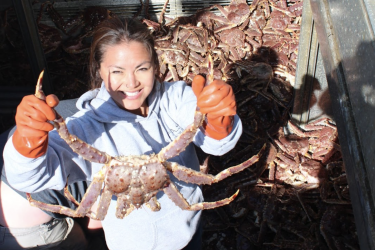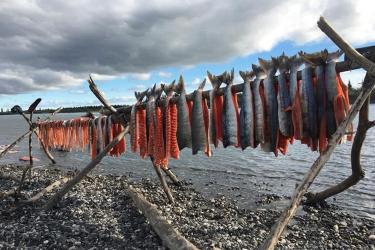
Map of Pribilof Islands, St. Paul and St. George
The northern fur seal population on the Pribilof Islands, Alaska has been experiencing an unexplained decline since the mid-1970s. This despite it being one of the most studied marine mammals.
Critical information is still lacking about the relationship between fur seals and their prey, which is mostly fish. That's why this summer scientists will begin researching where the prey is located, how abundant it is and how that affects fur seals' behavior and population trends.
In mid-July, we start tracking adult female northern fur seals in the Bering Sea near the Pribilof Islands using temporary tags glued onto the animals. The tags are removed after the animals make a few trips to sea.
At the same time, researchers will also be measuring the availability of fish that are the seal’s main food source. This part of the study is made possible by using two Saildrones. The Saildrones are uncrewed, solar and wind powered boats that are collecting data across the Bering Sea this summer. Follow their movements here.
This project is an important step forward in our understanding of northern fur seal ecology and behavior. It’s vital for developing effective management and conservation strategies as the northern fur seal population continues to decline.
Meet the Bloggers

Carey Kuhn
Carey Kuhn is an ecologist at the Alaska Fisheries Science Center’s Marine Mammal Laboratory.
Carey joined the Lab’s Alaska Ecosystems program in 2007 after completing her Ph.D. at the University of California Santa Cruz.
Her research focuses on the at-sea behavior of northern fur seals.



